Titleist launched their 716 Irons and 816 Hybrids to the media in St Andrews and I went along to meet General Manager Steve Pelisek to ask him about the background to the new products.
Hi Steve. In the new 716 irons you have put a lot of Tungsten into the soles of most of the clubs so what is the reason behind that?
Hi Martin. Well, the basic goal whenever we design a new generation of golf clubs is to make them better and as you mention in both the new 716 AP1 and AP2 irons we have added Tungsten, similar technologies but for slightly different reasons so I will explain that to you.
We think our iron line is very simple in the way that it is laid out with the AP1, AP2, MB and CB. Generally speaking the AP1 player is asking us for more distance and more forgiveness. So we are going to try and do that for them but it is important for us to do that without sacrificing playability.
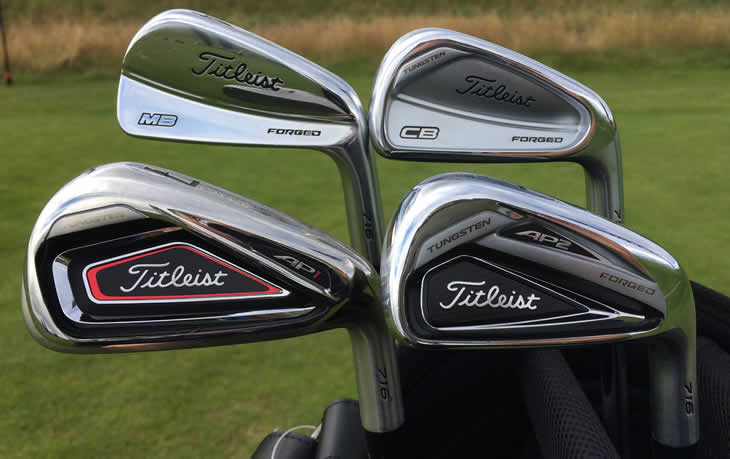
You've got to remember that with almost every iron shot you hit you are hitting towards a flag and the ball has to stop on the green, so we wanted to deliver distance and forgiveness without sacrificing playability and the ability for players to control their golf balls to the target. It is easy to just strengthen lofts and lengthen the club head to make the ball go further, but this makes it harder to stop on the green.
To address this we have used Tungsten that has allowed us to drive the CG down, to achieve a higher trajectory in combination with strengthening the lofts, rather than sacrificing trajectory. The 716 and the previous 714 are very similar in trajectory, but the 716 has a stronger loft which means more ball speed. A 21° lofted golf club is going to hit the ball faster versus a 23°, or a 26° versus a 28°, so the 716 has enabled us to give more speed from stronger lofts without sacrificing trajectory thanks to the Tungsten enabling us to move the CG so low in the club head. Obviously more speed equals more distance.
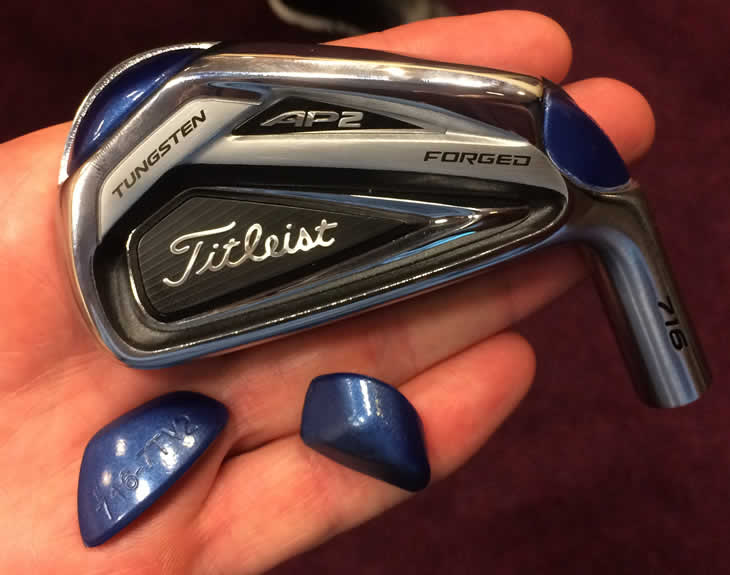
The other great thing that the Tungsten does is when you push it out to the edges of the golf club, and we are talking way out on the edges of the golf club, it gives you much higher Moment of Inertia (MOI). MOI is how we measure forgiveness but what some people might not recognise is that how MOI actually manifests itself is in consistent ball speed across the face. So wherever you impact the ball on the face you are going to get a consistent ball speed and in the case of irons that is obviously a huge benefit because you are trying to hit the golf ball a specific distance.
So the Tungsten in the AP1’s does a lot. It gives us the ability to strengthen lofts to give us more distance without sacrificing playability and it gives us the high MOI for forgiveness with consistent distances through the set.
Previously you've talked about not just strengthening lofts when designing new irons, but obviously in the 716 AP1 you have done that. Why is it the case this time?
We did it in AP1 because we knew we could without sacrificing playability. We’ll take the speed. We’ll take the distance. The risk is we didn’t want to get to the point where it was an unplayable golf club in terms of trajectory and being able to stop the ball on the green, and the technology with the Tungsten allowed us to do that, affording us the luxury of strengthening lofts without losing height and the ability to stop the ball.
In the AP2’s you haven’t strengthened the lofts, so why would they not have befitted from this too?
That is correct and it’s a great example of using the same technology for slightly different end games. The AP2 iron players are generally more concerned with distance control and distance consistency than they are pure distance. They’ll take the distance, and in the case of the AP2 and the use of high density Tungsten, and I mean the extreme use of it, we’re talking 40, 50, 60 grams of Tungsten in an iron head, we’ve been able to move the CG into a better and lower place. That alone aligns the point of impact with the CG to give us a little bit more ball speed to give more distance in the AP2. We didn’t want to go to the extreme of also strengthening lofts as we feel this type of player is looking for a more traditional ball flight and traditional distances and those players were very happy with it so we didn’t strengthen the lofts in AP2.
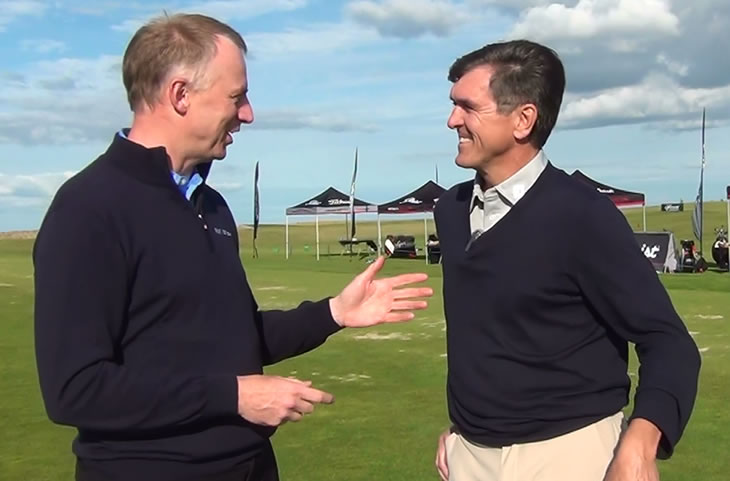
I’ve been testing today and I found the 7 iron in the AP1 was going as far as the 6 iron in the AP2. Did that provide a conundrum for you in differentiating between the two sets?
Every player likes forgiveness whether you are the number one player in the world or you and me out on the weekend. The difference is they don’t want forgiveness to the extent that there is a trade-off and it isn’t worth it. In the case of irons we generally see that that trade-off as being in blade size. Usually the determining factor is that players like the look of the iron and they like the feel of the iron.
Where players are playing courses with heavier rough a bigger iron is going to get caught in that rough, so blade size tends to be the biggest factor in which of our models that a player migrates towards. So in the case of the AP1 because it is a bigger golf club we could increase the MOI, get the CG really low and make it really long, which is great, but other players will prefer the smaller head size of the AP2.
We think AP1 is hands down the best performing game improvement iron in the game, which some players may not associate Titleist with. We never said we were just for better players, we said we were for serious golfers, players who take their game seriously and who want to invest in something that is honestly going to help them play better golf, and in the AP1 we hope players looking at game improvement irons take a look at it because we think it is the best combination of getting distance and getting forgiveness without sacrificing playability.
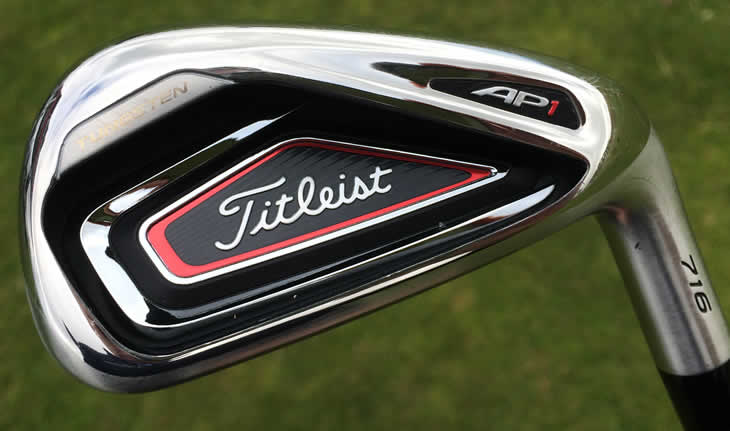
The Tungsten doesn’t go through the whole set, only up to the 7-iron, so why don’t you have it in the shorter irons?
You don’t need it. The primary use of the Tungsten is to get the weight exactly where you want it. It is very heavy in a very small package and the hardest part is getting it down and low where it does you the most good in the long irons. There is a progression in CG height throughout a set of irons and it gets slightly higher as you get up through the set to the shorter irons and wedges. Here you want it slightly higher to get it better in line with the point of impact, so you don’t need the Tungsten in the shorter irons to keep the CG low and if you don’t need it then there is really no point in putting it in there.
You have also introduced the 816 H1 and H2 hybrids to your range this year. You launched the 915H hybrids last year, so why is the 816H is coming out at the same time as the irons?
We have such a great range of sophisticated options now for the long end of your set whether it is hybrids or utility irons and in the case of the 816 it fits into the fact that we are a custom company to a great degree. Two thirds of the irons we make are made to order, so those are custom fit and a lot of the feedback from our club fitters around the world was that the best time to fit a golfer for hybrids was when they were fitting him or her for irons rather than a driver.
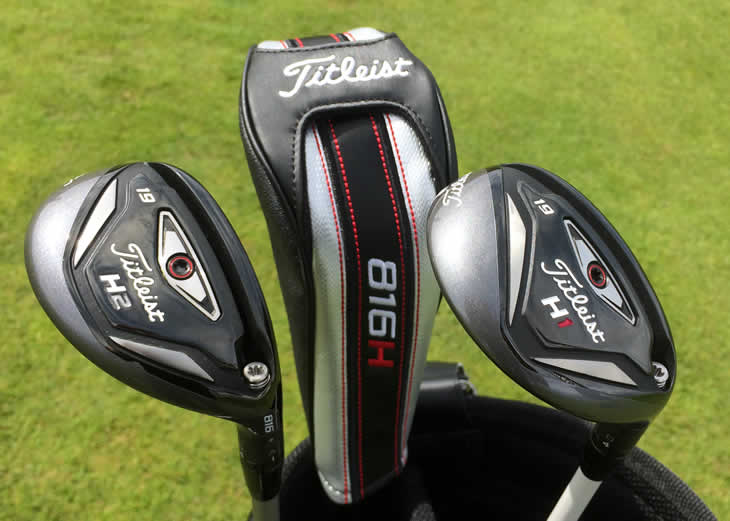
So as a result we are changing our cycle on hybrids and are introducing the 816 H1 and H2 hybrids alongside the irons because that is the best time to go through the process of understanding where does you set end at the long end, meaning what is your longest playable iron, and then use that information to then get hybrids to fill the gap from there to your 3-wood and it works really well doing it that way round.
As well as the hybrids you also have the utility iron in the shape of the T-MB 716 which also features Tungsten in the sole. Where does that fit into the set make up?
Utility irons almost fit between hybrids and long-irons or hybrids and mid-irons and it depends on the type of player. Most players know that and can characterise themselves.
In the 816 hybrid line for example there are two shapes, one has face progression which is a wood feature that helps you to sweep the ball and for the player who likes to use hybrids like that it is a good look. The smaller headed club has a little offset and more iron features and suits players who come in a little steeper and like to trap the ball with their hybrids.
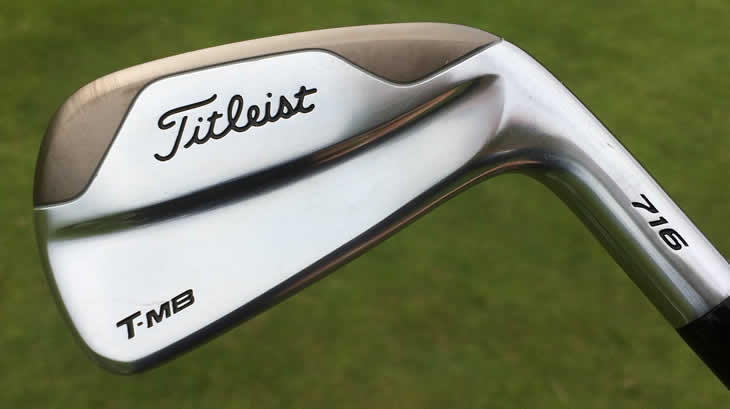
Utility irons are a step closer to irons than even that second style of hybrid. It is an iron with some depth to it, with the weight distribution using Tungsten allowing for more CG depth to increase dynamic loft and give a higher trajectory which again is part of this greater range of options now available to players at the longer end of the set to suit their swings and how they like to play the game. We strongly encourage players to take their time to explore and understand all of those options because there are some powerful options in there and it very much is dependent on the individual.
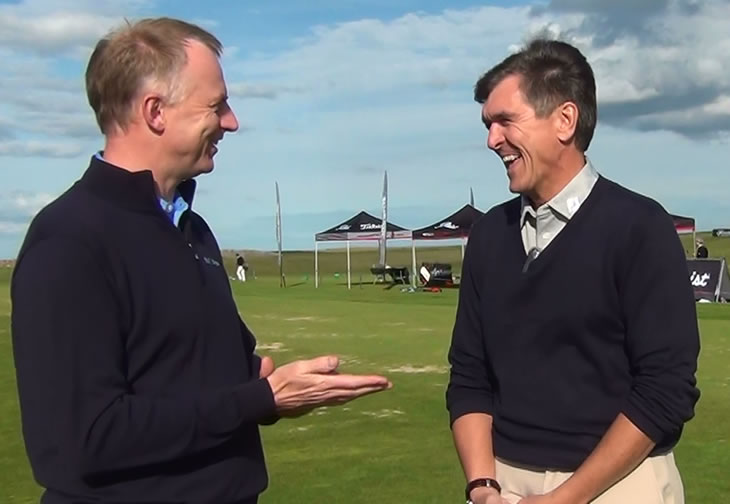
Zach Johnson is a great example of this. He’s got a really mixed set. He plays 5-iron to PW in the AP2, he plays an AP1 4 iron and a T-MB 3-iron. In a lot of cases players are looking for a trajectory because they know they have to stop the ball and they are looking for a very specific distance so there are many solutions in how to make up your set to achieve that. Even players who play the same course every weekend we see don’t have a club in there bag that is suitable for a shot they know they will have to hit, for example to a 195 yard par 3, so again we encourage everybody to take the time to outfit themselves with the clubs that will enable them to hit all the shots that they need.
Well I think that is certainly good advice. Thanks Steve for your time and we wish you every success with the new clubs.
More from Titleist